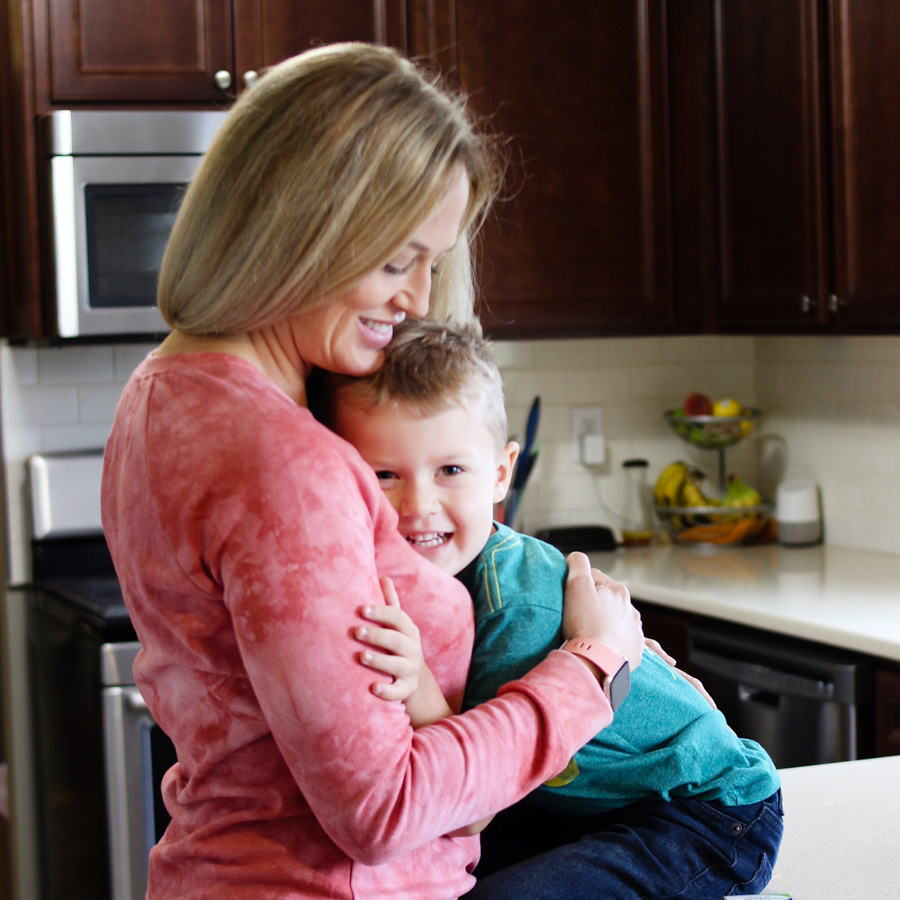This post was sponsored by Influence Central as part of an Influencer Activation and all opinions expressed in my post are my own.
As parents, our children’s safety is always our number one priority. When our children are sick, we immediately feel that urge to nurture and get them back to their healthy selves, so often we rush and do everything we can do facilitate and speed up that process. The last thing we feel like doing in the midst of dealing with sickness (for ourselves and our children), is reading a long label on over-the-counter medicines. Despite that, reading labels fully and completely is so incredibly important to ensure that medication is taken correctly and safely, as well as to be aware of any potential side effects, warning and misuse of medications.

Why & How To Read Labels
There are many reasons to actively and critically read prescription labels. All over-the-counter medications have standardized labels that include the following things:
- Active Ingredients: The ingredient in the medicine the treats symptom or ailment.
- Uses: Describes symptom that medication treats.
- Directions: How much to take, how often and max quantity in a 24 hour period.
- Warnings: Possible side effects, contraindications with other medicines, and those who should avoid (pregnant, breastfeeding, etc.).
- Inactive Ingredients: Ingredients in the medicine that don’t assist with treating symptoms/ailment.
- Other Information: How to store medication, etc.
- Questions & Comments: Phone number and/or address to contact manufacturer with questions or comments.
Potential Dangers
Reading labels allows you insight into how to most properly take the medication to keep you and your family safe, possible side effects to look for, potential dosage changes, and the issues to be cautious of.
Many people assume that because medications are over-the-counter that it is a “minor” medication that likely wont cause issues. While often this is the case when taken in recommended doses, misuse of medications can be dangerous. Whether you have children you are administering medicine to in your home or curious teenagers, knowing the dangers of medication misuse is incredibly important (also making sure to ensure that medication is out of reach of all ages of children).
Loperamide
Many of us have a very common over the counter diarrhea relief medication in our medicine cabinets or pack it when we travel (since 70% of travelers will suffer from diarrhea and children have 5-7 episodes per year on average this is a very common medication). This medication contains the active ingredient Loperamide, which when used in recommended doses is safe and effective on relieving some symptoms, but when taken in large doses, mimics the effects of opioids. With the opioid epidemic in our country, loperamide is becoming known as the “poor mans opioid” and the problem is become so serious that the FDA has asked retailers to voluntarily stop carrying large count loperamide products. Remember, proper use and dosage of this medication is safe — it’s the potential drug abuse that is worrisome. As always, consult your physician with any questions or concerns regarding medications, dosing and health issues.

How To Prevent OTC Drug Abuse
Arming yourself with all the information to correctly use the right medicines to treat your symptoms and the correct doses, is incredible important for your health and the health of your family. It’s also vital to be aware that there are many easily accessible over-the-counter medication medicines that can potentially be abused when taken incorrectly and in excess. Prescription drug abuse is on the rise in the United States and continues to grow.
As parents, we need to become more aware, proactive and stop the “not my child” mindset.
- Talk to your children about drug abuse. Prepare them and teach them refusal skills. Keep an open door of communication open to your children.
- Keep medications locked up and monitor them closely.
- Communicate with other parents/school system about concerns and continued education on risk factors and drug abuse.
For more information about Loperamide, you can read more here.

Is OTC drug abuse something that worries you? How do you monitor and keep the medicine in your home out of reach of children and teens?


Great article. I don’t usually think about OTC abuse with my kids but this definitely makes me think twice. Thanks
I’m such a rule follower, I read the labels and do what it says, no more, no less. Maybe a bad quality in other circumstances, but good here! I had no idea about the active ingrediant in diarreah meds!?!?! Thats so crazy!
This is great info. It’s scary how prescription medication can become addictive.
As an ER MD I appreciate you spreading this information. Some other potential OTC meds of abuse are dextromethorphan (in cough syrups) and pseudoephedrine. Keep your kids away from non-FDA approved supplements (they are often full of ephedra and caffeine) and make sure all prescription AND OTC meds are locked up. Great post!
Great info and very useful post x
Great information.
Sometimes I got scared just by looking at those bizarre names of strange chemicals. Loperamide, Norfloxacin and more… Goodness! Instead of stopping the “not my child” mindset, I think I should relax a little bit as I was a “always my child” kind of daddy and strictly follow those prescriptions.